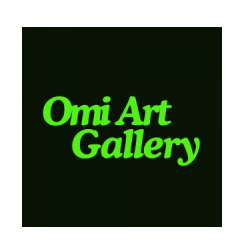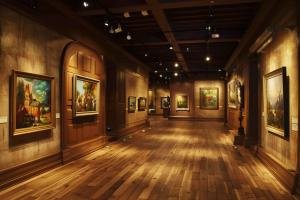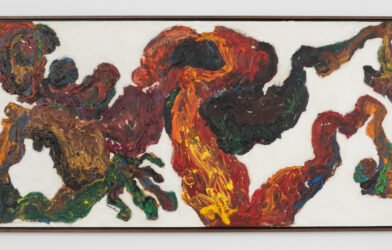20 visual arts organisations have collectively outlined a roadmap to better support and invest in the UK’s visual arts sector. This comprehensive manifesto comes ahead of the UK General Election and highlights the critical role of the visual arts in the UK’s £126 billion creative industries.
The visual arts sector, contributing £49 billion to the UK economy alone, is a powerhouse of creative innovation, job creation, tourism and soft power. However, many visual artists, predominantly freelancers, are among the lowest earners in the creative industries. The manifesto calls for fairer pay and improved support structures for these essential workers. Key short-term proposals include establishing a Smart Fund to generate collective licensing revenue and appointing a Freelancer Commissioner, two policies recommended by the Culture, Media and Sport Committee in April 2024. Long-term goals focus on incorporating exhibition payments into copyright law and providing financial stability for disabled artists.
In addition to economic support, the manifesto calls for a curriculum that fosters creativity, critical thinking, and empathy, stressing the importance of investing in creative education. It advocates for the integration of visual literacy into the national curriculum at Key Stage 2 and ensuring every schoolchild visits a cultural organisation every year.
Recognising the global influence of the UK’s visual arts sector, the organisations urge the government to re-establish a creative and cultural agreement with the EU and rejoin Creative Europe. Protecting free entry to museums and galleries and promoting philanthropy through tax incentives are also highlighted as long-term objectives.
The need for sustainable investment in visual arts spaces is another key area. Short-term actions include expanding the Museum and Gallery Exhibition Tax Relief and reducing emissions associated with freighting and storing artworks. Long-term recommendations involve investing in affordable studios and artist-run spaces, and exploring the potential of a Tourist Levy to fund cultural projects.









